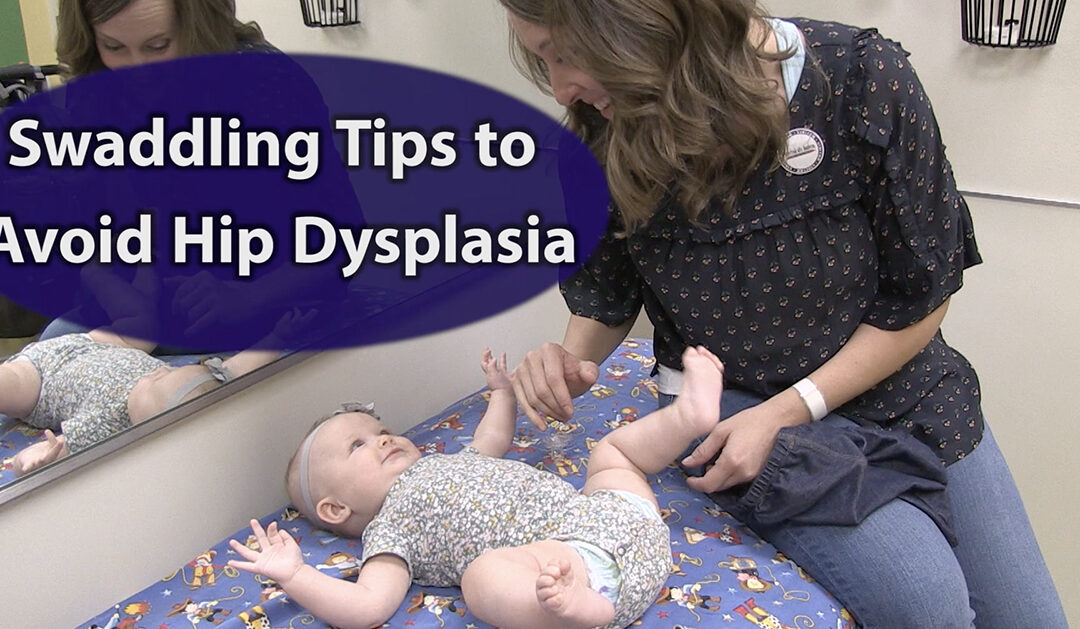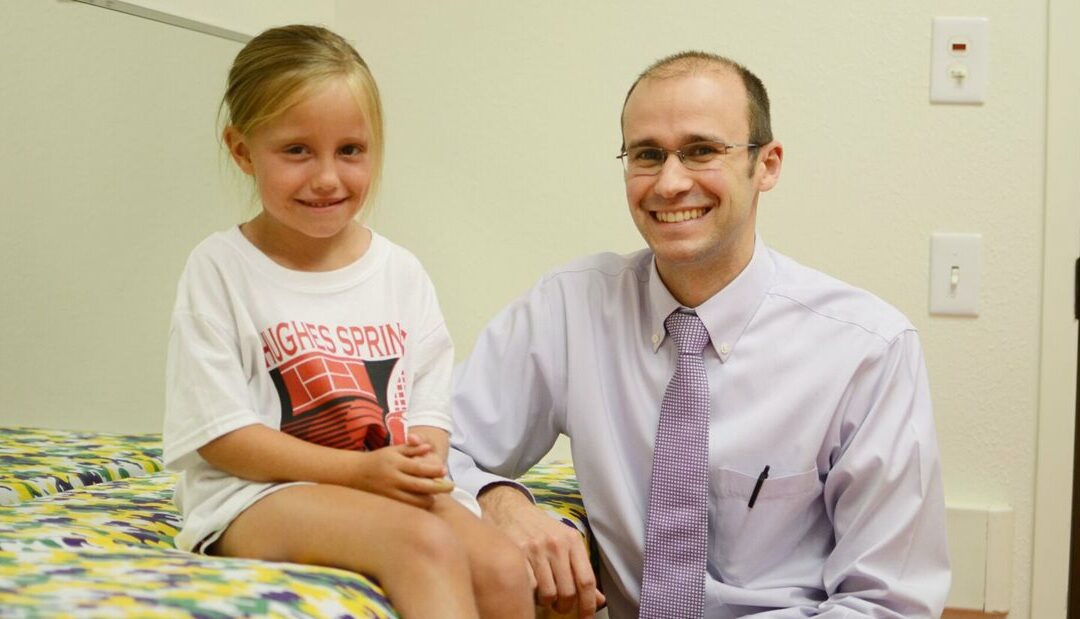
Clemson Football Team Visits Scottish Rite Hospital Before Cotton Bowl
Two days before their 30-3 victory over Notre Dame in the Cotton Bowl, the Clemson football team visited patients and families at Scottish Rite Hospital. Led by head coach Dabo Swinney and their honorary captain, 8-year-old Layton Horner, the Tigers spent the morning dancing, hula-hooping and inspiring children.
Several Clemson players expressed how grateful they were for the opportunity to visit Scottish Rite Hospital, and how much they appreciate the enthusiasm of the kids. Dance-offs and games of Pie Face dominated the morning and filled the atrium with laughter. The players matched the energy of Layton and other patients, who were excited to meet some of the best football players in the country.
“He’s a big ball of energy,” Clemson defensive end Clelin Ferrel said about Layton. “His attitude toward life—I’ve been very inspired by it.”
Layton will be cheering on the Tigers on January 7, when they play Alabama for the College Football Playoff National Championship in California.
Watch coverage from Clemson’s visit and learn more about Layton.


